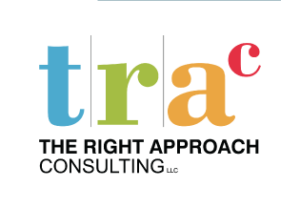Requirement
A major change in ISO 2015 is more focus on the company supporting the quality system. “Top management shall ensure that customer requirements are determined and are met with the aim of enhancing customer satisfaction” (7.2.1 and 8.2.1).
Management Commitment has always been a major part of ISO, but the 2015 version places more emphasis on this requirement. Total “Top Management” involvement is not optional! Section 5 of the new standard is all about leadership, and most of these requirements are very close to those in the current version of the standard under the management responsibility requirements.
The first subsection is about the ways that top management needs to demonstrate leadership and commitment with respect to the QMS, such as being accountable for the effectiveness of the QMS, ensuring resources are available, promoting continual improvement, and ensuring the Quality Policy and objectives are in place and consistent with the goals of the organization and the QMS. The other three subsections cover the need for customer focus, requirements for the Quality Policy, and the organization’s roles, responsibilities, and authorities.
Next week we will discuss the things you need to do to comply with the Leadership & Management Commitment requirement.
Contact me for my free ISO 9001:2015 Readiness Checklist and perform a quick self-assessment to gage your preparedness for the new standard. Then call to see how I can help.
920-841-3478
Steve@TheRightApproachConsulting.com










You must be logged in to post a comment.